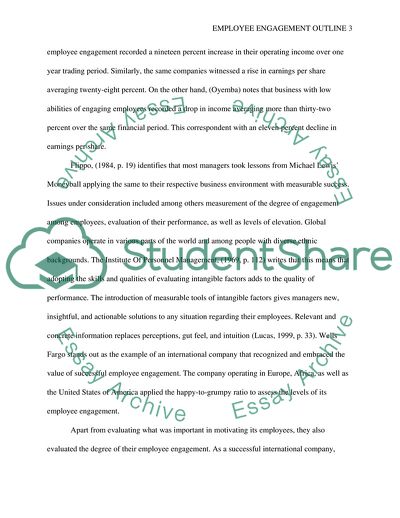Extended Outline or Action Plan for consultancy report. https://studentshare.org/human-resources/1808777-extended-outline-or-action-plan-for-consultancy-report
Extended Outline or Action Plan for Consultancy Report. https://studentshare.org/human-resources/1808777-extended-outline-or-action-plan-for-consultancy-report.


